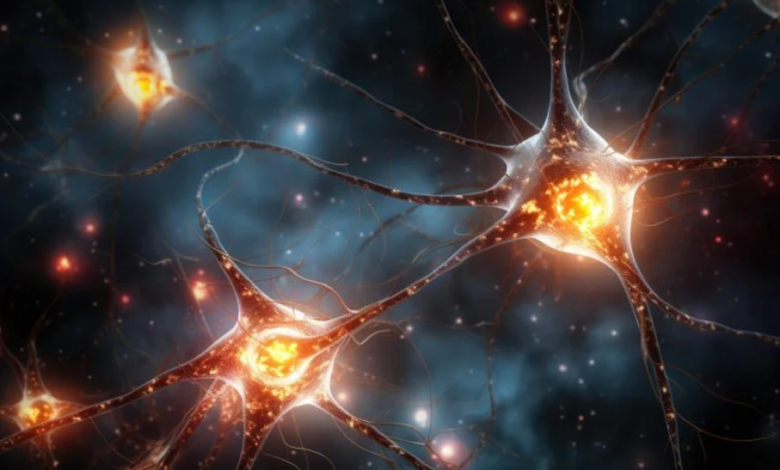Scientists Identify Hidden RNA Structure That Triggers Parkinson’s Disease

Researchers at Kumamoto University have unveiled a significant mechanism behind the aggregation of proteins linked to neurodegenerative diseases, particularly Parkinson’s Disease, SciTech Daily revealed yesterday.
Led by Professor Norifumi Shioda and Associate Professor Yasushi Yabuki, the team discovered that G-quadruplexes (G4s), unique RNA structures, play a crucial role in promoting the harmful aggregation of α-synuclein, a protein associated with neurodegeneration.
The study revealed that elevated intracellular calcium ions (Ca²⁺) due to cellular stress trigger the assembly of G4s, which then attract α-synuclein, leading to its aggregation and subsequent neuronal damage. Remarkably, treatment with 5-aminolevulinic acid (5-ALA), a compound that inhibits G4 formation, successfully prevented α-synuclein aggregation and halted the progression of Parkinson’s-like symptoms in mice.
This groundbreaking research highlights G4s as a potential therapeutic target, opening avenues for early intervention in Parkinson’s and possibly other neurodegenerative diseases.






